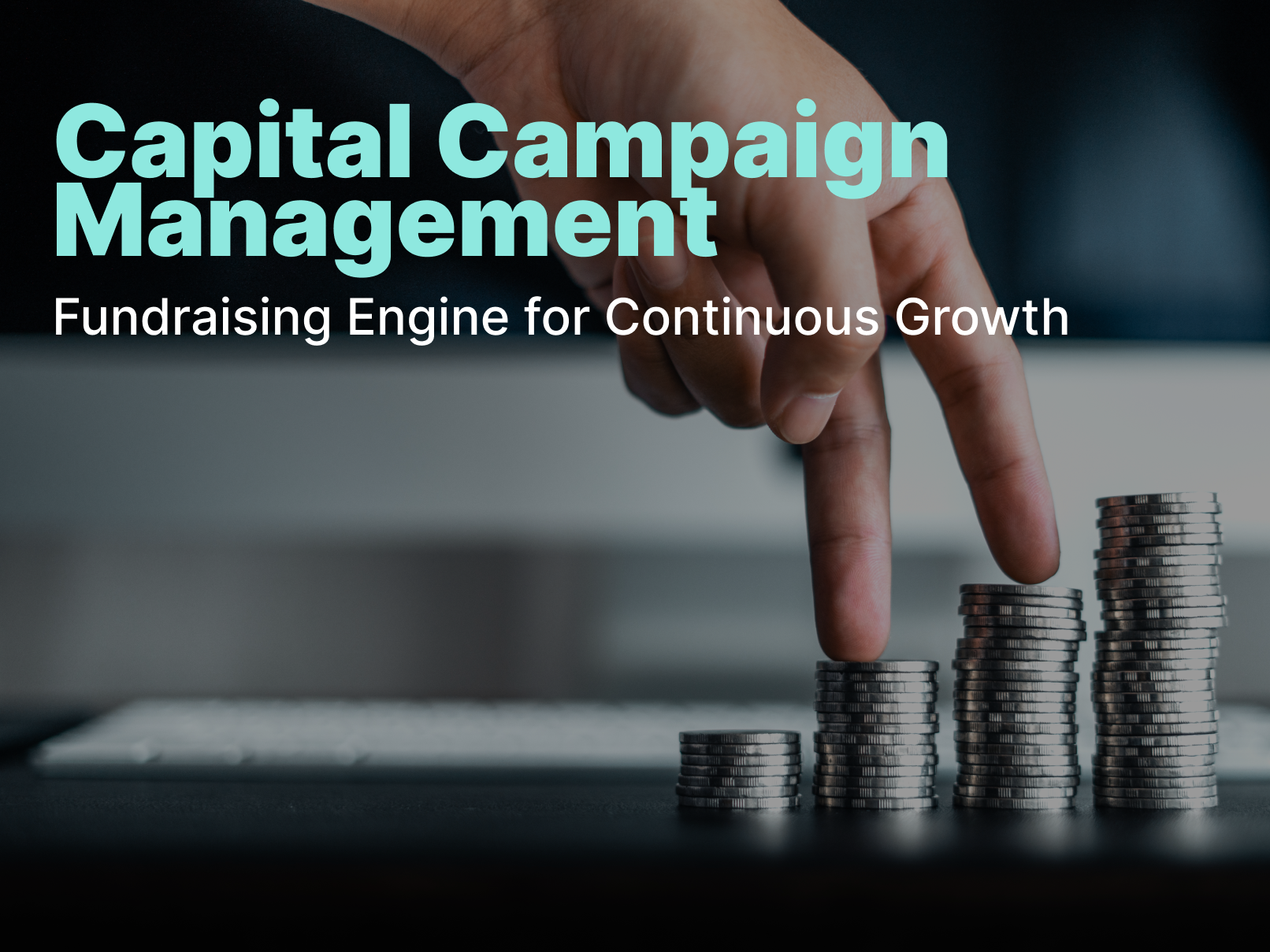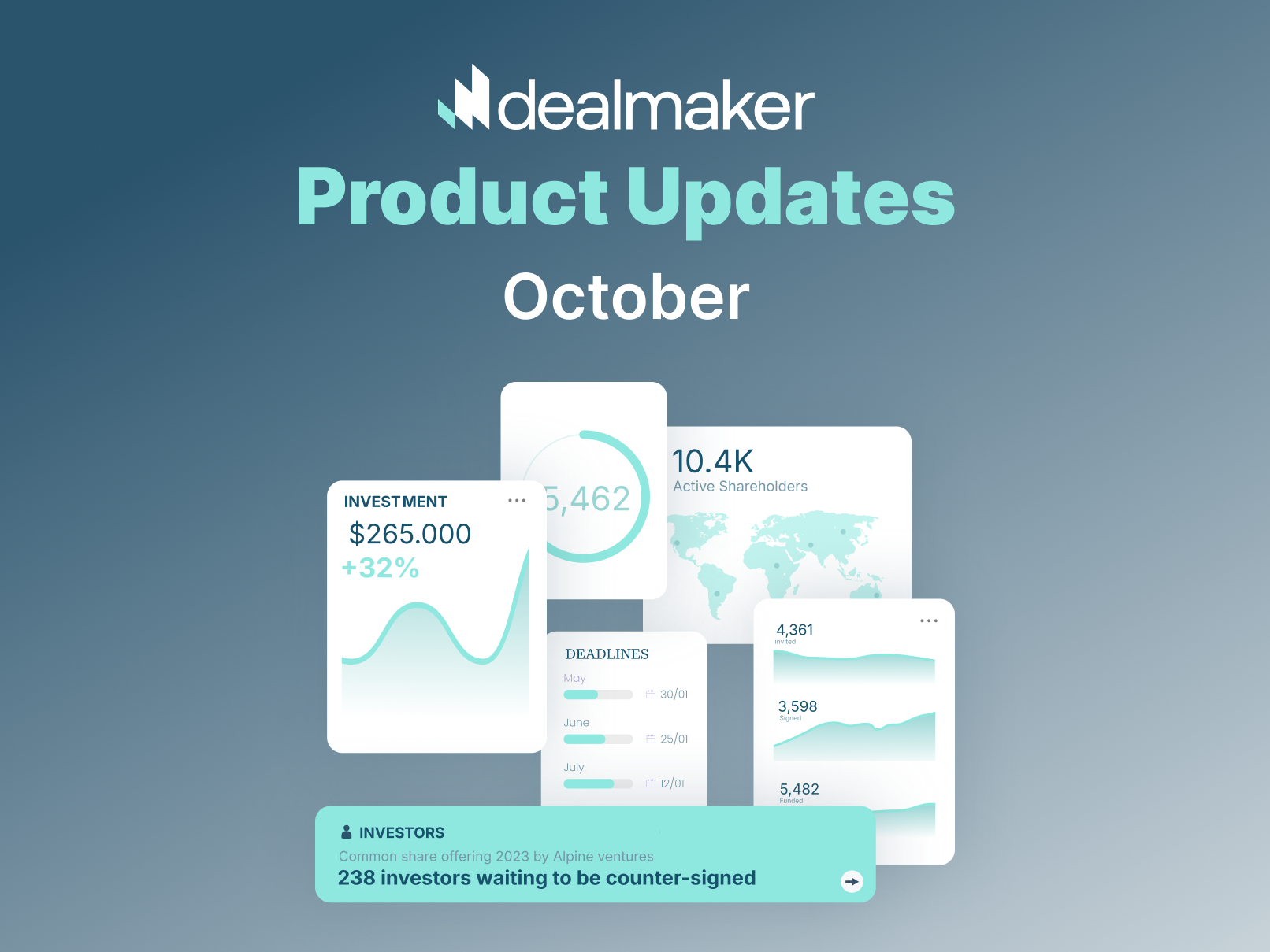Raise Capital
September 15, 2022
Setting your Capital Raise Goal is more SCIENCE than ART
Setting your raise goal is more SCIENCE than ART.
Just because you can raise up to $75M in a Reg A doesn't mean you should. So, what is the science behind setting a solid raise plan for your startup? We have observed that Issuers consider two critical inputs:
- Company Valuation
- Investor Acquisition Costs
How valuation plays a role in defining capital raise goal
Let's say your raise goal is $50M. Unless you need to put every single dollar to work immediately, raising that amount in a single campaign might not be beneficial in the long run.
Instead, we have observed issuers raise that $50M in tranches. A series of raises at $10M, $15M, and $25M allowed these companies to increase value on each successive raise. Companies use this bite-sized approach to raise capital, deploy capital, grow the business, and come back out to the market with more traction, creating a valuation increase. In this scenario, the companies still raise a total of $50M but do so at increasingly higher valuations.
Similarly, we have observed that companies who raise in a sequence and drive traction and brand exposure in the market, can justify increases in valuation. For example, if a company’s $10M raise is oversubscribed, the issuer has effectively proven to the market an untapped appetite, and this 'proof' can positively impact a company’s valuation.
“Our Marketing Services have seen the most success with our issuer partners that take a successive, longterm approach to raising capital via community rounds.” - Jonathan Stidd, President of Marketing Services (formerly DealMaker Reach).
How investor acquisition costs should play a role in defining a capital raise cadence
Knowing how much revenue your business generates for every dollar you spend on advertising is critical. Acquiring investors is no different.
At DealMaker, we encourage you to think about your investors as a community that needs to be owned and built by you. So again, in the example of a company having a valuation of $100M and setting a goal to raise $50M, statistics show the company would be spending a lot more to acquire those investors and build that community, than if it opted to do multiple raises.
Why? Because doing a small raise with a group of interested investors, can create a community of supporters who will be more likely to invest in your company again. And, you get brand exposure to potential investors that considered your first round but maybe didn't pull the trigger. So, in your next round, you've built a natural FOMO that can help you spend less marketing dollars on converting these prospects.
By building a realistic raise sequence over time, companies drive their valuation AND end up with a much healthier ROAS. It's truly a win-win.

Your submission has been received. We will reach out to you via email to schedule a call.
Oops! Something went wrong while submitting the form.



.png)





.webp)
.webp)
.webp)
%20(1).webp)

.webp)